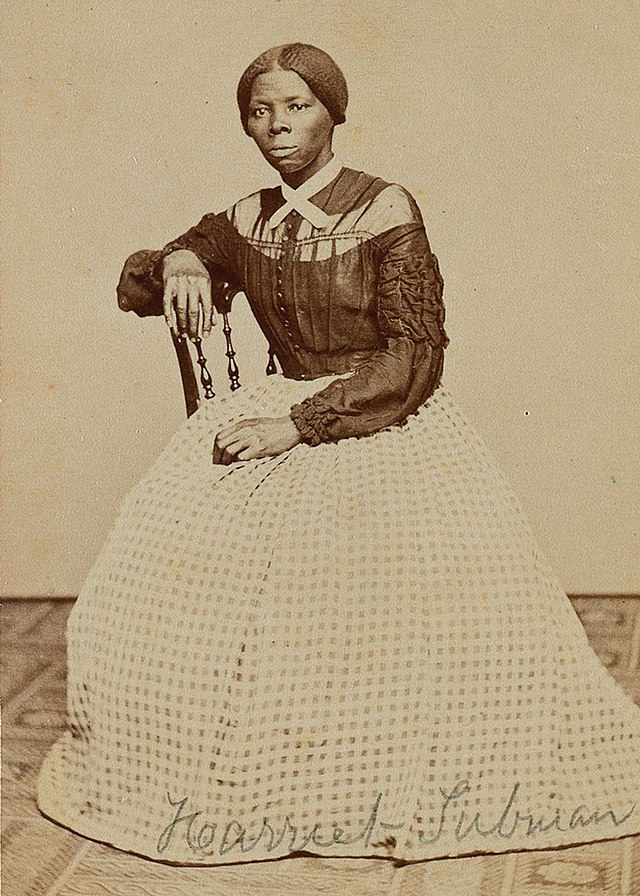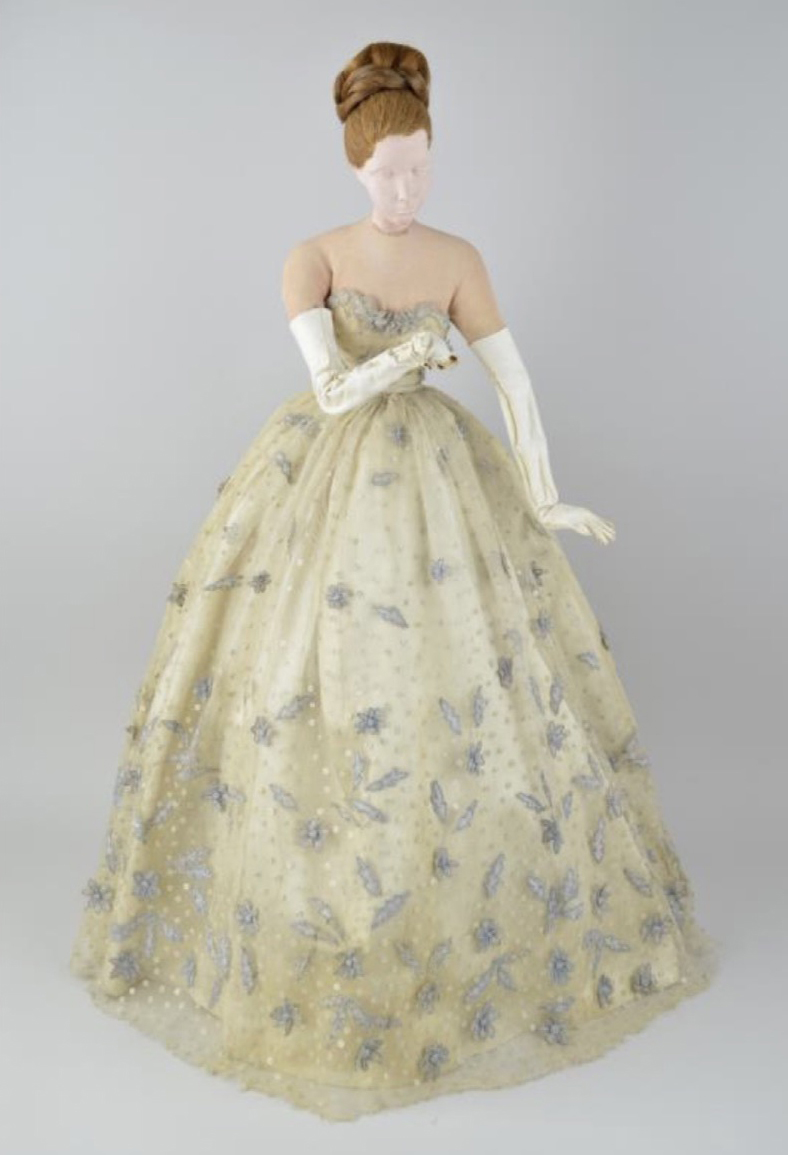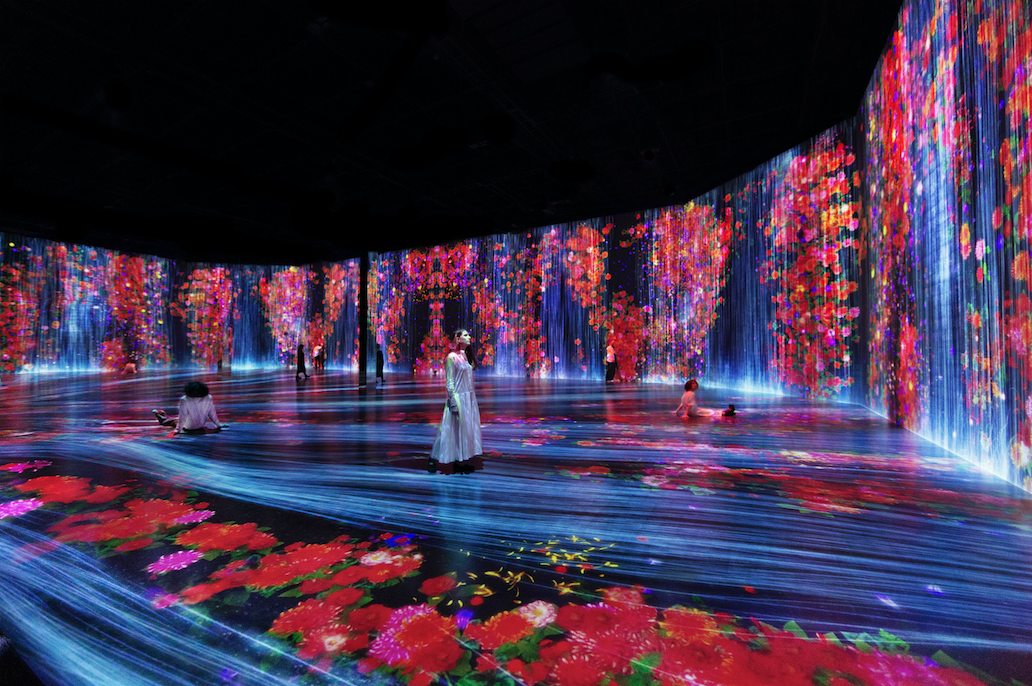This week's edition revisits the past as the Smithsonian honors a somber centennial; looks at a discovery that helped unearth the location of the family home of an abolitionist and activist; and cheers the creative resilience of Parisian couturiers who bounced back from WWII with splendid style. There are also looks ahead to the future of post-pandemic fashion and Miami's newest contemporary museum.
They're among the offerings designed to make sure you continue to enjoy what you,ve come to value from Smithsonian Associates: programs and experiences that are entertaining, informative, eclectic, and insightful.
Reflections on Tulsa

On May 31 and June 1, 1921, in Tulsa, Oklahoma, mobs of white residents brutally attacked the African American community of Greenwood, colloquially known as "Black Wall Street," in the deadliest racial massacre in U.S. history. Homes, businesses, and community structures including schools, churches, a hospital, and the library were looted and burned or otherwise destroyed. The Oklahoma National Guard rounded up Black residents of Greenwood and forced them into detention centers. More than 6,000 African Americans were interned at the Convention Hall, the Tulsa County Fairgrounds, and the baseball stadium McNulty Park. Some were held for as long as eight days. Exact statistics are unknown, but the violence left around 10,000 people homeless and as many as 300 people dead with many more missing and wounded.
The Smithsonian marks the centennial of the Tulsa Race Massacre by offering a wide variety of resources to provide an understanding of the event and its context and to prompt Americans to pause and consider this history and its relevance today. Among them are the Smithsonian Sidedoor podcast episode "Confronting the Past" and a free online program this evening at 7 p.m. ET titled Historically Speaking: In Remembrance of Greenwood, presented by the National Museum of African American History and Culture and Smithsonian magazine.
Learn more
Harriet Tubman's Roots

For archeologist Julie Schablitsky, a coin dated 1808 proved to be the key to identifying the location of the house on Maryland's Eastern Shore where Harriet Tubman spent her teen years. It belonged to Tubman's father Ben Ross, a former enslaved lumberjack and timber foreman who was granted his freedom, land in Dorchester County, and the dwelling after the death of his slaveholder. Schablitsky and a Tubman descendant were featured in a recent All Things Considered segment focused on the significance of her discovery.
Tubman, as one of the "Two Harriets" (along with Beecher Stowe), is among the key figures examined in a Saturday, September 11 Smithsonian Associates Streaming program focused on the crusade against slavery in the Civil War era. Historian Richard Bell explores the fight through the lives of the people—also including John Brown, Lincoln, and the thousands of Black men who wore Union blue—whose courage and personal struggles led to the final victory.
Register for the Program
Fashion Forward
 "Faïence" by Lucien Lelong, created for Théâtre de la Mode
"Faïence" by Lucien Lelong, created for Théâtre de la Mode
As the mask slowly winds down from its extended season as the must-have accessory, will it be difficult to swap sweats, slippers, and Zoom ensembles for clothes designed to be seen in the "real" world? And what might post-pandemic fashion look like? Scholar Richard Thompson Ford looked ahead in a recent New Yorker Radio Hour episode. He's hoping for more "refinement and decorum" in professional and celebratory settings (no jogging outfits at your aunt's birthday dinner) and a return to more expressive fashion than the bland comfort-focused styles everyone's been parading on their home runaways. He also historically connects bursts of innovative dressing to the periods immediately following plagues and pandemics, such as the boldly modern flapper styles of the 1920s that emerged in the wake of the 1918 influenza pandemic.
France's haute-couture designers led one of the most significant and successful fashion comebacks. During the Nazi occupation of Paris, the city's fashion houses were prevented from exporting, advertising, and making a profit. Soon after the liberation in August 1944, the fashion industry devised a plan to inform the world that Paris couture was still alive and well: by creating miniature mannequins and fashions displayed in stage sets designed by prominent artists of the day. The Théâtre de la Mode premiered in Paris in March 1945 as a benefit for war relief and was still on view on May 8 when the war ended in Europe. The display traveled to London and other European capitals and new fashions and sets were created for a 1946 tour that included stops in New York and San Francisco. Apart from their history and visual appeal, the mannequins provide the missing link between wartime fashions and Dior's 1946 New Look.
In a Monday, July 19 Smithsonian Associates Streaming program curator Elizabeth Lay and Steven Grafe of the Maryhill Museum of Art share the story, the designs, and the backdrops that represent a collection of 172 outfits by 52 Parisian couturiers. It's the first in a trio of fashion-focused program in Lay's latest Lunchtime with a Curator series.
Register for the Program
Step Into the Art
 teamLab, Flowers and People, Cannot be Controlled but Live Together - Transcending Boundaries, A Whole Year per Hour 2017. Sound: Hideaki Takahashi. Installation view of Every Wall is a Door, Superblue Miami, 2021. © teamLab, Courtesy Pace Gallery
teamLab, Flowers and People, Cannot be Controlled but Live Together - Transcending Boundaries, A Whole Year per Hour 2017. Sound: Hideaki Takahashi. Installation view of Every Wall is a Door, Superblue Miami, 2021. © teamLab, Courtesy Pace Gallery
Fans of experiential art installations (and museum selfies) fondly recall 2017's crowd-drawing Yayoi Kusama: Infinity Mirrors at the Hirshhorn. Over recent years, the roster of spaces specifically built as settings for large-scale immersive works by contemporary makers continues to grow. The latest is Miami's Superblue, a 50,000-square-foot experimental art center in the city's Allapattah neighborhood. Stunning interactive works by light artist James Turrell, teamLab from Japan, and London artist and stage designer Es Devlin are among the museum's inaugural installations. And the poetic, upside-down landscape Meadow by the Netherlands-based DRIFT is the first work in Superblue's "Suspension" program. Galerie magazine reports on the debut.
Learn More
The Magic Empire
 Magic Kingdom, Walt Disney World (Photo: Josh Hallett)
Magic Kingdom, Walt Disney World (Photo: Josh Hallett)
Over the last nine decades, the Walt Disney Company has transformed every facet of the entertainment business. And now the new streaming service Disney+ is challenging Netflix and other established providers. What are the secrets behind the development of this still-growing powerhouse? In a Wednesday, June 9 Smithsonian Associates Streaming program Brian Rose, a professor emeritus at Fordham University who has written several books on television history, examines a remarkable story of creativity and media growth as he traces how the Walt Disney Company evolved from a small cartoon studio in 1923 to the most powerful force in worldwide entertainment today. He recently talked to the Not Older Better Show, Smithsonian Associates' podcast partner, about the Disney empire.
And don't touch that dial: Rose returns on August 3 with a wide-ranging look at television comedy from Milton Berle to David Letterman and salutes the legendary partnership of Mel Brooks and Carl Reiner on September 2.
Register for the Program